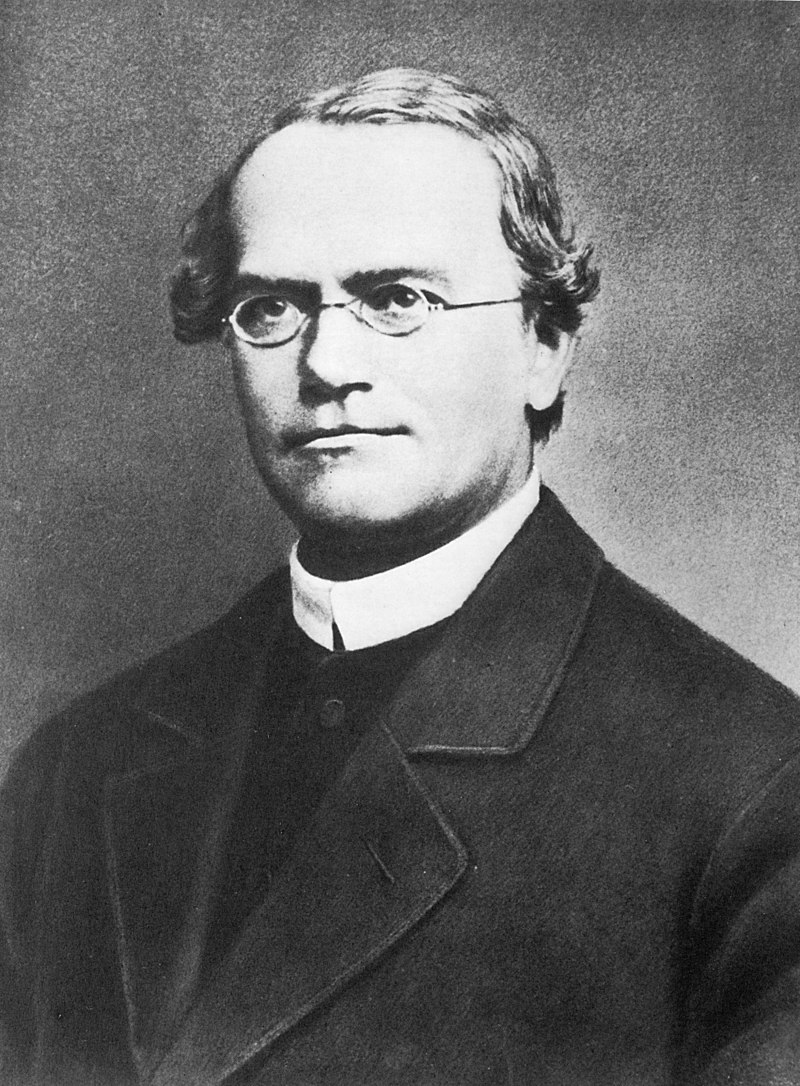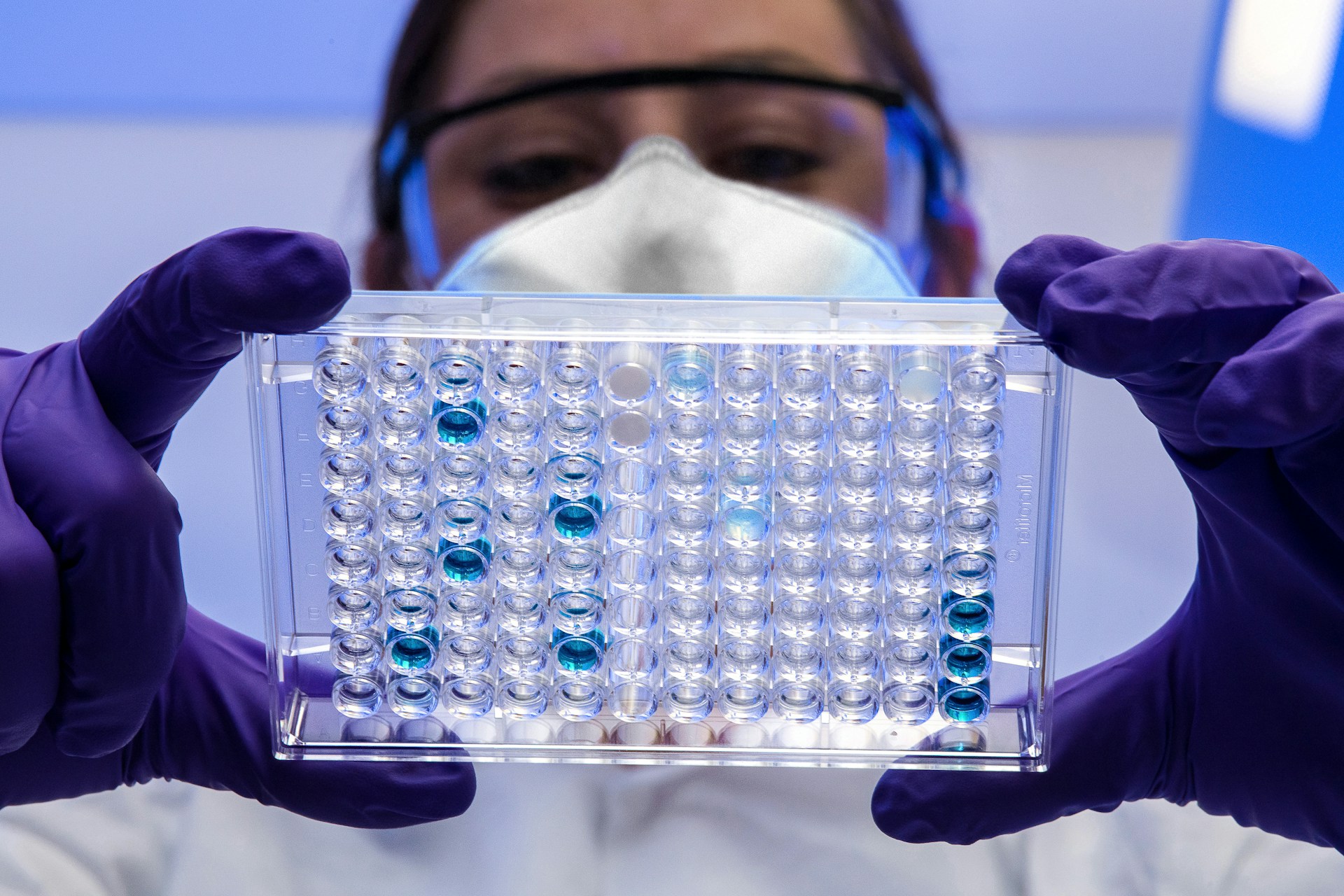Have you ever wondered if there’s more to the story of who truly led genetic research? While it’s undeniable that figures like Gregor Mendel, Thomas Hunt Morgan, and the duo of James Watson and Francis Crick played monumental roles, the evolution of genetics is a tapestry woven with countless unsung heroes. As you explore the intricate history of genetic research, you’ll discover that the breakthroughs attributed to these renowned scientists stand on the shoulders of many others whose contributions have shaped our understanding of the genetic blueprint of life.
This realization invites you to question and seek out the stories of those lesser-known pioneers, enriching your appreciation of the field’s complexity.
Gregor Mendel’s Pea Experiments
In the mid-19th century, Gregor Mendel’s groundbreaking experiments with pea plants disclosed the foundational principles of genetics, exposing how traits are inherited from one generation to the next. Mendel’s meticulous observation of pea plants in his garden shed light on how certain characteristics, like flower color and seed shape, were passed down through generations. This wasn’t just about plants; Mendel was uncovering the very blueprint of life, the genome, which holds the instructions for our genetic makeup.
You might wonder how Mendel managed to crack open the secrets of genetics with just pea plants. By cross-breeding plants with different traits and meticulously recording the outcomes, he observed patterns of inheritance. These patterns led to the discovery of discrete hereditary units, now known as genes, which carry the genetic information from parents to offspring.
Mendel’s work laid the groundwork for understanding the genetic framework that dictates not just the color of pea flowers but the vast tapestry of biological life. His experiments marked the birth of genetics as a scientific discipline, making him the father of modern genetics. Through his studies, Mendel showed us that the principles governing the inheritance of traits were universal, applying to peas and people alike.
Rediscovery of Mendelian Principles
You’ll find that the early 1900s breathed new life into Mendel’s work when de Vries, Correns, and von Tschermak independently stumbled upon his principles, catapulting genetics into a new era. Their collective efforts not only reaffirmed the significance of Mendelian Inheritance but also paved the way for future genetic research. By 1915, the solid foundation of Mendelian genetics was firmly established, marking a pivotal shift towards the era of molecular genetics.
Their rediscovery underscored the pivotal role of Mendel’s work in understanding genetic inheritance, guaranteeing his legacy wasn’t lost to time. Here’s a visual to help you picture their monumental contributions:
| Scientist | Contribution | Impact |
|---|---|---|
| Hugo de Vries | Rediscovered Mendel’s principles | Catalyzed the new era of genetics |
| Carl Correns | Solidified foundation of genetics | Established Mendelian model of inheritance |
| Erich von Tschermak | Independently confirmed Mendel’s work | Highlighted the importance of Mendel’s discoveries |
This trio didn’t just stumble upon forgotten work; they launched genetics into a future where Mendel’s ideas became the cornerstone of our understanding of inheritance. Their discoveries guaranteed that Mendel’s principles became the bedrock of genetic science, changing how we study life itself.
Rise of Molecular Genetics
Thomas Hunt Morgan’s groundbreaking experiments with fruit flies marked a pivotal turn towards the rise of molecular genetics in the early 20th century. You’ve likely heard of his work, which not only established the chromosomal theory of inheritance but also demonstrated the direct link between genes and their specific locations on chromosomes. This was a significant leap forward in the field of human genetics.
Morgan’s research was the first to provide concrete evidence that genes reside on chromosomes, acting as the units of heredity. This insight was vital; it paved the way for understanding the physical basis of heredity, which had puzzled scientists for decades. By focusing on fruit flies, Morgan was able to observe genetic changes over generations in a relatively short period, providing clear, observable evidence of how traits were inherited.
His contributions to genetics were so profound that in 1933, he was awarded the Nobel Prize in Physiology or Medicine. This accolade wasn’t just a proof of his individual brilliance but underscored the foundational role of his work in molecular genetics. It’s safe to say that without Thomas Hunt Morgan’s contributions, the field of human genetics might not have advanced as it has.
Cracking the DNA Code
Discovering the dual spiral structure of DNA by Watson and Crick in 1953 marked a monumental leap in genetic research. This breakthrough didn’t just provide a snapshot of DNA’s elegant form; it opened the door to understanding how genetic information is intricately stored and transmitted through the dual spiral. Imagine unzipping a winding staircase where each step is a piece of an enormous puzzle, that’s what they started to decode.
By 1966, scientists had decoded the genetic code, revealing how genes encode proteins. This wasn’t just another detail; it was a revelation that transformed the field. Suddenly, we could start to understand the language of life itself, how a sequence of nucleotides could dictate everything from hair color to disease susceptibility.
| Year | Milestone |
|---|---|
| 1953 | Discovery of the dual spiral |
| 1966 | Decoding of the genetic code |
| Now | Advances in DNA sequencing |
These milestones in genetic research aren’t just historical footnotes. They’re the foundation of modern genetics, paving the way for advances in DNA sequencing that continue to reveal the secrets of genetic information. You’re witnessing a story of discovery that’s as dynamic as the dual spiral itself.
Human Genome Project Milestones
Building on the foundation laid by earlier breakthroughs, the Human Genome Project set out on a journey to map and sequence the entire human DNA, achieving significant milestones that reshaped our understanding of genetics. This ambitious initiative, driven by the Human Genome Sequencing Consortium, marked a pivotal moment in the history of genetics, tackling the immense task of decoding over 3 billion letters in human genetic material.
Remarkably, the project reached its goals ahead of schedule and under budget, a sign of the dedication and innovation of scientists worldwide. In June 2000, the world was introduced to the draft of the human genome sequence, a monumental achievement that was further refined and published in February 2001. This initial analysis provided unprecedented insights into the complexity and beauty of human genetic material, laying the groundwork for countless advances in medical and biological research.
The Human Genome Project’s crowning achievement came in April 2003, coinciding with the anniversary of Watson and Crick’s groundbreaking publication on the structure of DNA. The completion of the human genome sequence marked not just the end of a remarkable chapter in genetics but also the beginning of a new era of discovery and innovation.
Current Leaders in Genetic Research
Today’s genetic research landscape is shaped by the innovative work of leaders like Dr. Francis Collins and Dr. Jennifer Doudna, who’ve pushed the boundaries of what our DNA can comprehend. Their groundbreaking efforts have paved the way for significant advancements in genetics research, opening new doors to understanding human biology and disease.
Here are three key figures making waves in the field:
- Dr. Francis Collins led the Human Genome Project to its completion, revolutionizing our understanding of the human genetic blueprint. Now, as the Director of the NIH, he continues to champion genetics research, fostering developments that could transform healthcare.
- Dr. Jennifer Doudna’s work on CRISPR technology earned her a Nobel Prize and has catapulted genetic engineering into a new era. Her contributions have made precise genome editing a reality, with vast potential for therapeutic applications.
- Dr. Eric Lander, a pivotal figure in the Human Genome Project and the founding director of the Broad Institute, has been instrumental in advancing our genetic knowledge. His research has continuously expanded the horizons of genetic engineering and genomics, maintaining a forward momentum in the field.
Through their dedication and ingenuity, these leaders are steering genetics research toward a future filled with untold possibilities.
Future Directions in Genetics
As the field of genetics evolves, you’ll witness the emergence of technologies transforming our approach to understanding and manipulating the very fabric of life. The completion of the human genome sequence was just the beginning. Now, you’re stepping into an era marked by rapid advances in genetic technologies, promising to reveal secrets hidden within our DNA. But with these advancements come complex ethical and legal issues, particularly as we explore deeper into identifying disease genes and the potential for genetic modification.
Microarray hybridization methods, a leap forward in the 1990s, laid the groundwork for today’s cutting-edge techniques like Next Generation Sequencing (NGS). NGS, in particular, is set to revolutionize clinical practice with its ability to perform targeted sequencing and offer noninvasive prenatal diagnosis. However, challenges remain, such as interpreting the vast amounts of data generated and navigating the murky waters of billing and insurance.
Furthermore, the convergence of genetics and computer technology is on the horizon, promising breakthroughs in gene corrections, the creation of cloned individuals, and diagnostics based on genetic markers. As you explore this future, it’s essential to balance the pursuit of knowledge with the ethical considerations these powerful technologies entail.
Conclusion
You’ve explored the journey from Mendel’s pea experiments to the revolutionary Human Genome Project, highlighting key figures like Morgan, Watson, and Crick. These pioneers laid the groundwork for understanding genetics, cracking the DNA code, and exposing our genetic blueprint. Today, new leaders push boundaries, blending technology and biology to explore genetics’ future. As you stand on the brink of these advances, it’s clear that genetics continues to evolve, promising incredible insights into life itself.




